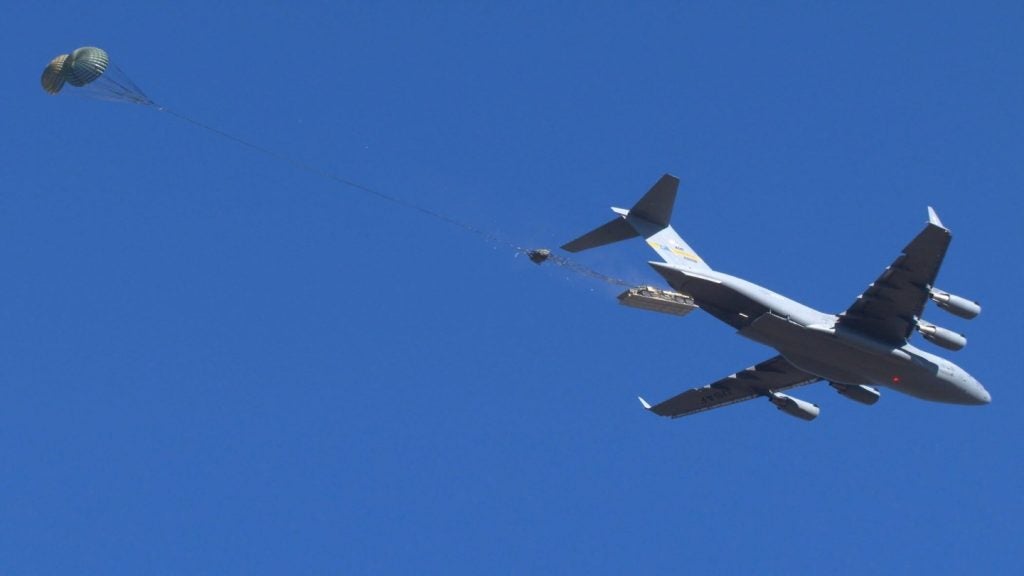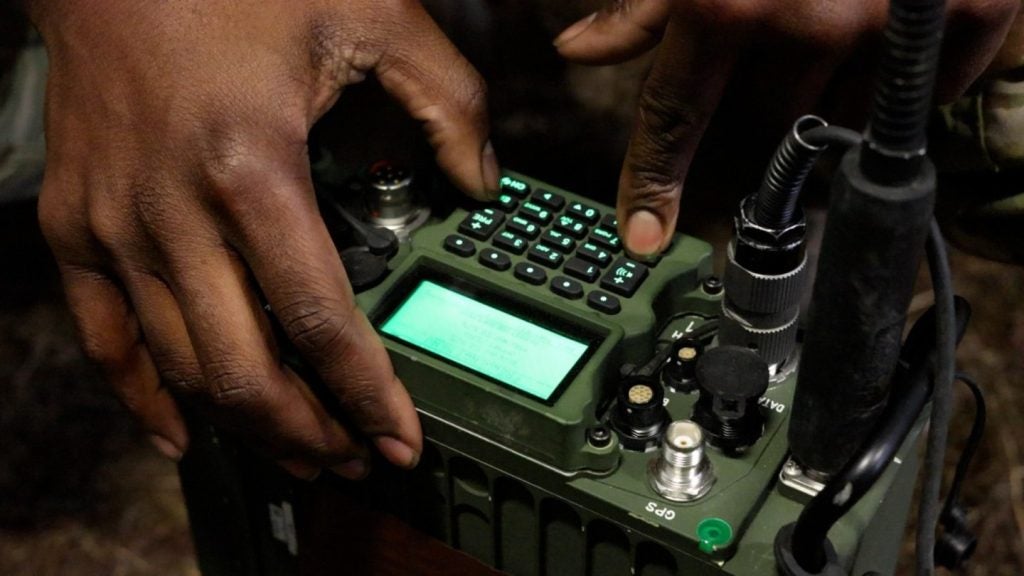
A US Army-funded study has discovered ways to make materials self-propel themselves without the use of motors or hands.
The study was conducted by researchers at the University of Massachusetts Amherst. It has been published in Nature Materials, a ‘peer-reviewed’ scientific journal.
The research found how to make materials that depend only on energy flow from their environment to snap and reset themselves.
Findings of this Army-funded research could contribute in creating future military robots that can move from their own energy.
UMass Amherst College of Natural Sciences professor Al Crosby said: “Many plants and animals, especially small ones, use special parts that act like springs and latches to help them move really fast, much faster than animals with muscles alone.
“Plants like the Venus flytraps are good examples of this kind of movement, as are grasshoppers and trap-jaw ants in the animal world. Snap instabilities are one way that nature combines a spring and a latch and are increasingly used to create fast movements in small robots and other devices, as well as toys like rubber poppers.
How well do you really know your competitors?
Access the most comprehensive Company Profiles on the market, powered by GlobalData. Save hours of research. Gain competitive edge.

Thank you!
Your download email will arrive shortly
Not ready to buy yet? Download a free sample
We are confident about the unique quality of our Company Profiles. However, we want you to make the most beneficial decision for your business, so we offer a free sample that you can download by submitting the below form
By GlobalData“However, most of these snapping devices need a motor or a human hand to keep moving. With this discovery, there could be various applications that won’t require batteries or motors to fuel movement.”
The latest results from Crosby and his team are part of a ‘larger multidisciplinary university research initiative’ funded by the Army Research Office.
The Army Research Office is an element of the US Army Combat Capabilities Development Command’s (DEVCOM) Army Research Laboratory.
According to the US Army, the research team is coordinating with DEVCOM Army Research Laboratory to transfer the findings from the latest research into future Army systems.







